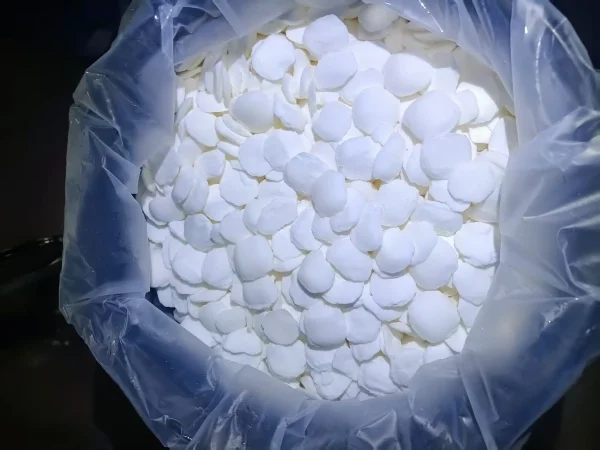
Introduction
Sodium cyanide (NaCN) is a crucial inorganic compound in the vast realm of chemical raw materials. With its unique chemical properties, it plays an irreplaceable role in numerous industrial sectors. This article delves into the properties, applications, production, and safety aspects of Sodium cyanide, aiming to provide a comprehensive understanding of this important chemical.
Properties of Sodium Cyanide
Physical Properties
Sodium cyanide appears as white crystalline solids, lumps, or powders. It is hygroscopic and has a faint bitter almond odor. It is highly soluble in water, with approximately 0.4 kg of solid Sodium Cyanide able to dissolve in 1 kg of water at 30 °C. It also has some solubility in ethanol. The compound has a molecular weight of 49.007 g/mol, a melting point of 564 °C, and a boiling point of 1469 °C, with a vapor pressure of 0.1 kPa at 800 °C.
Chemical Properties
Sodium cyanide is a strong base - weak acid salt. Its aqueous solution can crystallize to form sodium cyanide hydrates containing one or two water molecules below 1.34 °C. When the temperature exceeds 34.7 °C, it loses the crystallization water and becomes the anhydrous salt. It reacts readily with acids, even very weak acids. Metals such as iron, zinc, nickel, copper, cobalt, silver, and cadmium can dissolve in sodium cyanide solutions, resulting in the formation of corresponding cyanides. In the presence of oxygen, it can dissolve precious metals like gold and silver to form complex salts. It is incompatible with acids and can react with carbon dioxide. In humid air or water, it may decompose. When heated in the presence of oxygen, it produces toxic gases such as hydrogen cyanide, carbon monoxide, carbon dioxide, and nitrogen oxides. It reacts violently with nitrates, nitrites, and chlorates, posing an explosion risk.
Applications of Sodium Cyanide
Mining Industry
In the Mining industry, especially in the extraction of precious metals such as gold and silver, sodium cyanide is of utmost importance. The cyanidation process, which involves using sodium cyanide solutions to dissolve gold and silver from ores, is widely adopted due to its simplicity and relatively low cost. For every kilogram of gold produced, approximately four to five tons of sodium cyanide may be required. The demand for sodium cyanide in this field is closely related to the price fluctuations of precious metals in the global market. As the global economy recovers and precious metal prices rise, increased mining activities lead to a higher demand for sodium cyanide.
Chemical Synthesis
1.Pharmaceutical Manufacturing
Sodium cyanide serves as a vital raw material in pharmaceutical synthesis. It is used in the production of common drugs and food additives such as penicillin, vitamin B6. folic acid, guanine, and caffeine. In the pharmaceutical industry, its role in creating specific chemical structures within drug molecules is indispensable, contributing significantly to the development and production of medications that treat various diseases.
2.Pesticide Production
In the pesticide industry, sodium cyanide is used to manufacture common pesticides like glyphosate, fenvalerate, paraquat, atrazine, and isoprothiolane. These pesticides play a crucial role in protecting crops from pests and weeds, ensuring food security. The synthetic routes involving sodium cyanide enable the creation of effective pesticidal compounds with specific chemical properties.
3.Synthesis of Other Chemical Compounds
It is a fundamental building block for the production of a wide range of inorganic and organic Cyanides. Directly using sodium cyanide, important inorganic cyanides such as sodium ferrocyanide, potassium ferrocyanide, potassium cyanide, zinc cyanide, barium cyanide, cuprous cyanide, sodium thiocyanate, and potassium thiocyanate can be produced. In the realm of organic cyanides, compounds like cyanoacetic acid, malononitrile, methionine, benzyl cyanide, and cyanuric chloride are synthesized. Additionally, through the generation of hydrogen cyanide from sodium cyanide, products such as methyl methacrylate, butyl methacrylate, methacrylic acid, azobisisobutyronitrile, azobisisoheptanenitrile, nitrilotriacetic acid, and glycolonitrile can be further manufactured. These compounds are widely used in the production of synthetic materials, including plastics, rubber, and fibers.
Electroplating Industry
In electroplating, sodium cyanide is a key component in electroplating baths for metals such as copper, silver, cadmium, and zinc. It can reduce the anodic polarization effect, ensuring the normal dissolution of the anode. At the same time, it can enhance the cathodic polarization effect, helping to obtain a uniform metal coating on the surface of the workpiece. This not only improves the corrosion resistance of the metal parts but also enhances their appearance, making the electroplated products more aesthetically pleasing and durable.
Production of Sodium Cyanide
The production of sodium cyanide is a complex chemical process. One common method is the Andrussow process, which involves the reaction of methane, ammonia, and oxygen over a platinum - rhodium catalyst at high temperatures. Another method is the Castner process, which uses the reaction of sodium amide with carbon in an electric furnace. However, due to the high toxicity and potential environmental hazards of sodium cyanide, its production is strictly regulated by relevant government departments around the world. Producers need to meet strict safety and environmental protection standards to ensure the safe and sustainable production of this chemical.
Safety and Handling of Sodium Cyanide
Toxicity
Sodium cyanide is extremely toxic. Even a small amount, as little as 100 - 200 mg, can be lethal if ingested, inhaled, or absorbed through the skin. Once it enters the human body, it releases cyanide ions (CN-), which have a strong affinity for iron ions in cells. This disrupts the normal oxidation process in cells, leading to cell asphyxiation and tissue hypoxia, ultimately resulting in death. Acute exposure can cause symptoms such as weakness, dizziness, headache, nausea, chest tightness, difficulty breathing, palpitations, and loss of consciousness.
Safety Precautions
1.Storage
Sodium cyanide should be stored in a cool, dry, well - ventilated area, away from sources of heat, ignition, and acids. It should be stored in tightly sealed containers made of appropriate materials to prevent leakage and reaction with the environment. Storage facilities should be equipped with leak - collection systems and warning signs to prevent accidental exposure.
2.Transportation
During transportation, sodium cyanide must comply with strict regulations. Specialized transport vehicles with appropriate safety features are required. The transportation process should be carefully monitored to prevent any potential spills or accidents. Emergency response plans and equipment should be in place in case of unforeseen circumstances.
3.Handling in Industrial Settings
Workers handling sodium cyanide in industrial plants must receive thorough safety training. They should wear appropriate personal protective equipment, including respirators, protective clothing, gloves, and goggles. In - plant operations should follow strict standard operating procedures to minimize the risk of exposure. In case of a spill or leak, immediate emergency response measures should be taken, such as using hydrogen peroxide to neutralize the sodium cyanide.
Environmental Impact
The improper disposal of sodium cyanide or its waste products can have severe environmental consequences. Cyanide - containing wastewater and waste residues can contaminate soil and water sources, endangering the survival of plants, animals, and aquatic organisms. In the gold mining industry, for example, large amounts of cyanide - containing tailings are produced annually. These tailings, if not properly managed, can pose long - term environmental risks. Therefore, strict environmental protection measures and waste treatment technologies are essential to minimize the environmental impact of sodium cyanide - related activities.
Conclusion
Sodium cyanide, despite its high toxicity, is an essential chemical in various industries. Its unique chemical properties enable it to play key roles in precious metal extraction, Chemical synthesis, and electroplating. However, due to its potential risks to human health and the environment, strict safety regulations and proper handling procedures must be adhered to throughout its production, transportation, storage, and use. As technology advances, efforts should also be made to develop more environmentally friendly and safer alternatives or improved processes to reduce the reliance on and risks associated with sodium cyanide while still meeting the needs of industrial development.
- Random Content
- Hot content
- Hot review content
- Sulphuric Acid 98% Industrial Grade
- Colloidal emulsion explosive
- High Purity flotation reagents Sodium butyl Xanthate 90% SBX
- Digital Electronic Detonator(Delay time 0~ 16000ms)
- 99.5% min Ammonium Chloride For Industrial Use
- Potassium borohydride
- Dodecylbenzenesulfonic acid
- 1Discounted Sodium Cyanide (CAS: 143-33-9) for Mining - High Quality & Competitive Pricing
- 2Sodium Cyanide 98% CAS 143-33-9 gold dressing agent Essential for Mining and Chemical Industries
- 3Sodium Cyanide 98%+ CAS 143-33-9
- 4China's New Regulations on Sodium Cyanide Exports and Guidance for International Buyers
- 5Anhydrous Oxalic acid 99.6% Industrial Grade
- 6Oxalic acid for mining 99.6%
- 7Reagent Grade/Industrial Grade Hydrochloric Acid min.31%
- 1Sodium Cyanide 98% CAS 143-33-9 gold dressing agent Essential for Mining and Chemical Industries
- 2High Quality 99% Purity of Cyanuric chloride ISO 9001:2005 REACH Verified Producer
- 3 High-Quality Sodium Cyanide for Leaching
- 4Powdery emulsion explosive
- 5Industry Grade Electron grade 98% Sulfuric Acid H2SO4 Sulphuric Acid Battery Acid Industrial Sulfuric Acid
- 6Colloidal emulsion explosive
- 7sodium hydrosulfide 70% flakes used Mining Industry


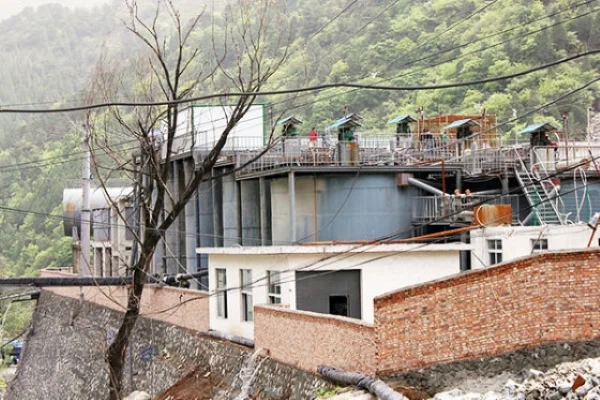
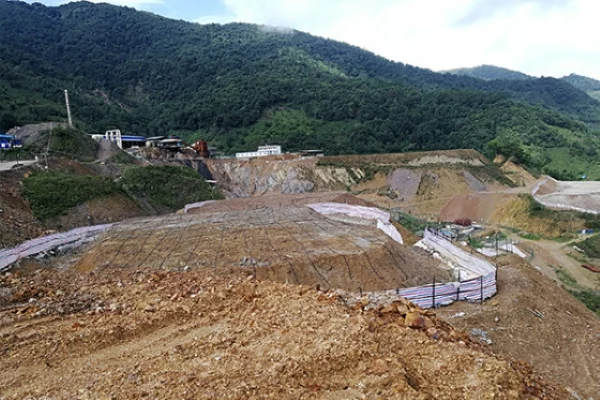
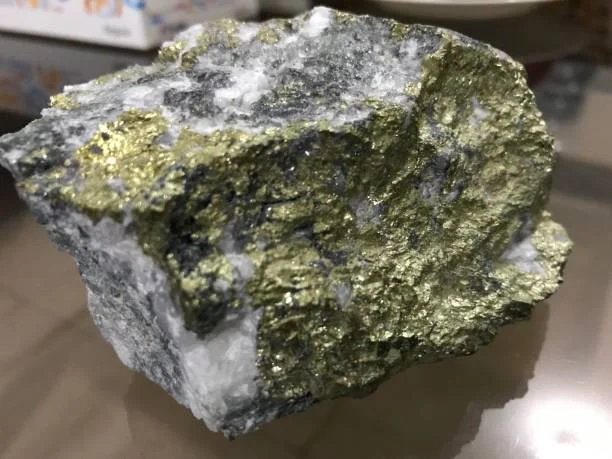
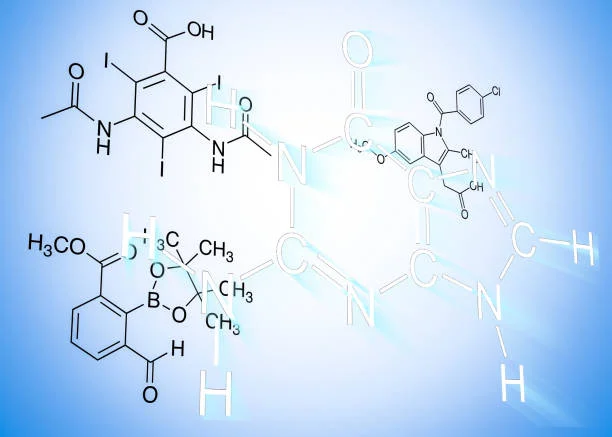
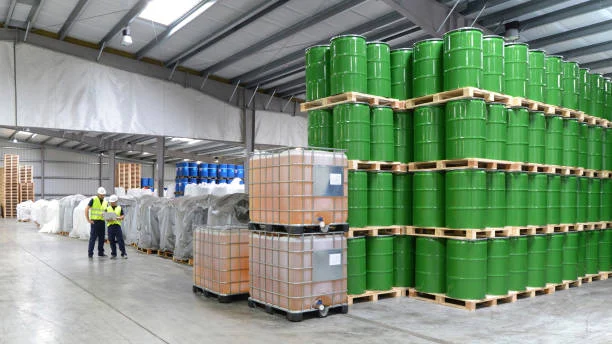

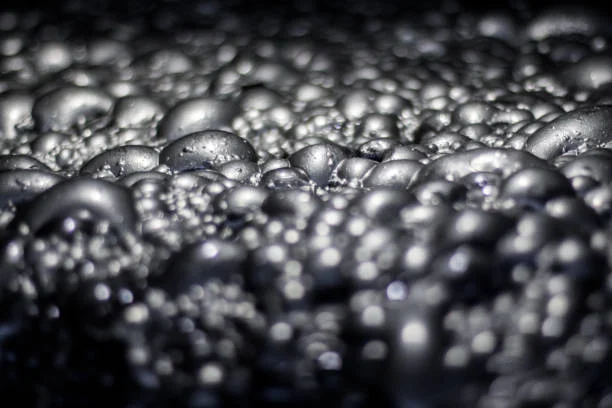



Online message consultation
Add comment: